
Prince Albert of Saxe-Coburg and Gotha was the husband of Queen Victoria. As such, he was consort of the British monarch from their marriage on 10 February 1840 until his death in 1861.

Ernest I was the last sovereign duke of Saxe-Coburg-Saalfeld and, from 1826, the first sovereign duke of Saxe-Coburg and Gotha. He was the father of Albert, Prince Consort, who was the husband of Queen Victoria. Ernest fought against Napoleon Bonaparte, and through construction projects and the establishment of a court theatre, he left a strong imprint on his residence town, Coburg.

Earl Cawdor, of Castlemartin in the County of Pembroke, is a title in the Peerage of the United Kingdom. It was created in 1827 for John Campbell, 2nd Baron Cawdor.

Baron Macdonald, of Slate in the County of Antrim, is a title in the Peerage of Ireland. It was created in 1776 for Sir Alexander Macdonald, 9th Baronet, of Sleat. The Macdonald family of Sleat descends from Uisdean Macdonald, also known as Hugh of Sleat, or Hugh Macdonald, who was an illegitimate son of Alexander Macdonald, Earl of Ross. On 28 May 1625, his great-great-great-great-grandson Donald Gorm Og Macdonald was created a baronet, of Sleat in the Isle of Skye in the County of Inverness, in the Baronetage of Nova Scotia. The baronetcy was created with remainder to heirs male whatsoever and with a special clause of precedence which provided that it should have precedency over all former baronets.

Christian Friedrich Freiherr von Stockmar was a German physician and statesman, who was a leading player in the affairs of the United Kingdom under Queen Victoria.
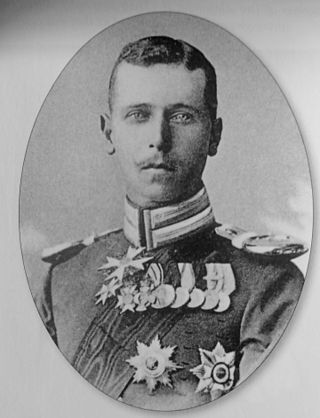
Alfred, Hereditary Prince of Saxe-Coburg and Gotha, KG,, was the son and heir apparent of Alfred, Duke of Saxe-Coburg and Gotha. He died aged 24 under circumstances still not entirely clear. He was a first cousin of Kaiser Wilhelm II of Germany, King George V of the United Kingdom and Tsar Nicholas II of Russia.
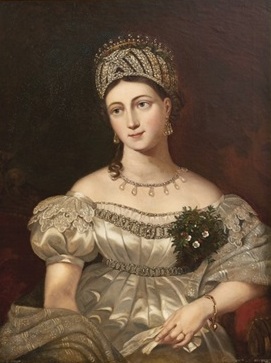
Louise of Saxe-Gotha-Altenburg ; was the wife of Ernst I, Duke of Saxe-Coburg and Gotha and the mother of Duke Ernst II and Prince Albert, husband of Queen Victoria.
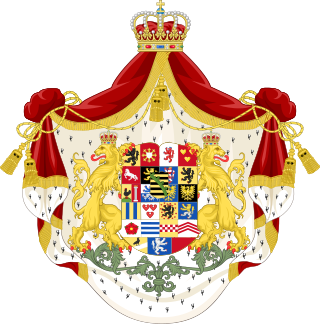
The House of Saxe-Coburg and Gotha is a European royal house. It takes its name from its oldest domain, the Ernestine duchy of Saxe-Coburg and Gotha, and its members later sat on the thrones of Belgium, Bulgaria, Portugal, and the United Kingdom and its dominions.

The Ernestine duchies, also known as the Saxon duchies, were a group of small states whose number varied, which were largely located in the present-day German state of Thuringia and governed by dukes of the Ernestine line of the House of Wettin.

The Campbells of Craignish, form one of the oldest branches of the ancient and powerful Clan Campbell in Scotland.. They claim descent from Dugald Campbell, the second son of Sir Archibald Gillespic Campbell (b.1130), 5th Knight of Lochawe and 20th Chief of Clan Campbell at the time. Sir Archibald's first son, Sir Duncan Campbell, 6th Knight of Lochawe, was the founder of the principal branch of the Campbell family who today holds the title Duke of Argyll.
Johann Leopold, Hereditary Prince of Saxe-Coburg and Gotha was the eldest son of Charles Edward, Duke of Saxe-Coburg and Gotha, and Princess Victoria Adelaide of Schleswig-Holstein-Sonderburg-Glücksburg.

Princess Marie Louise of Bulgaria also known as Marie Louise Borisova Saxe-Coburg-Gotha, is the daughter of Tsar Boris III and Tsaritsa Ioanna and the older sister of Simeon II of Bulgaria. Her baptism in the Bulgarian Orthodox Church caused controversy at the time because her mother had promised to raise her children as Catholics. After the change in house laws into absolute primogeniture by her brother King Simeon II, Princess Marie Louise became the head of the house of House of Saxe-Coburg and Gotha-Koháry.
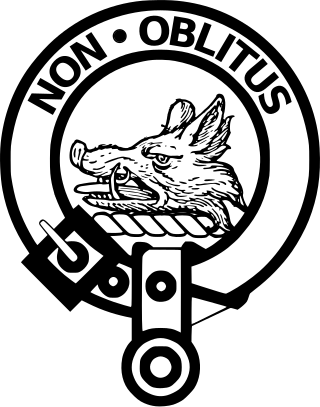
Clan MacTavish is an Ancient Highland Scottish clan.
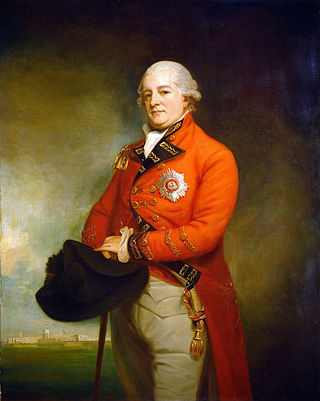
Sir Archibald Campbell KB served as governor of Georgia, Jamaica, and Madras. He was a major Scottish landowner, Heritable Usher of the White Rod for Scotland and politician who sat in the House of Commons between 1774 and 1791.

The House of Braganza-Saxe-Coburg and Gotha is a term used to categorize the last four rulers of the Kingdom of Portugal, and their families, from 1853 until the declaration of the republic in 1910. Its name derives from the four kings descended in a patrilineal line from King Ferdinand II of Portugal and in a matrilineal line from Queen Maria II of Portugal.

Craignish Castle is located on the Craignish peninsula in Argyll, western Scotland and is a category B listed building. The present castle includes a 16th-century tower house, the seat of the Campbell family of Craignish and Jura. In the 19th century it was sold to the Trench-Gascoigne family of Parlington Hall, Yorkshire, who built a large extension to the tower. In the later 20th century the house was restored and parts of the 19th-century extension were demolished. The result of these extensions and styles from various centuries have made the castle a Scottish baronial masterpiece. It has previously been known as Loch Beag.

Lieutenant General Sir James Campbell, 1st Baronet, 3rd of Inverneill House was a British soldier, politician and colonial administrator. He was Governor and Commander-in-Chief of the Ionian Islands, Adjutant-General to the British Forces and Heritable Usher of the White Rod for Scotland. He is buried at Westminster Abbey.
Archibald Douglas, later Campbell was the seventeenth Laird of Mains.
Sir John Campbell was a Scottish nobleman and knight, who was the son of Archibald Campbell, and Isabella Grant, a daughter of James Grant, laird of Freuchie and Elizabeth Forbes.
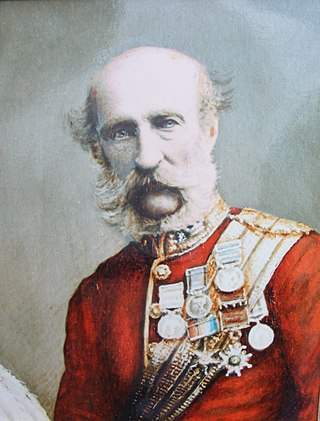
General George Campbell of Inverneill, CB, KA (1803–1882) was Commandant of the Royal Artillery and served in the East India Company.
















